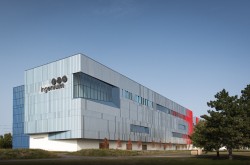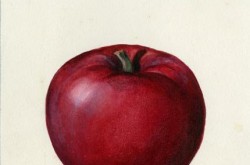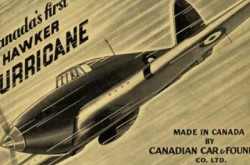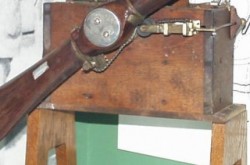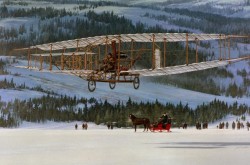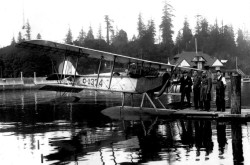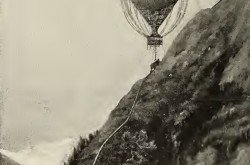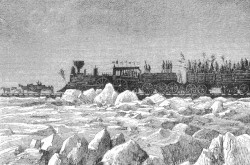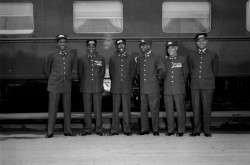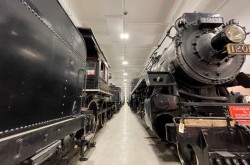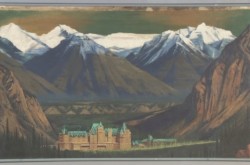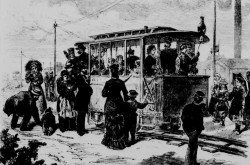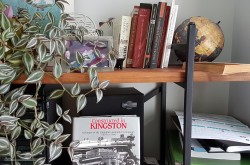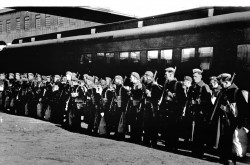Canadian National Railway "6400/U4A" Locomotive
This article was originally written and submitted as part of a Canada 150 Project, the Innovation Storybook, to crowdsource stories of Canadian innovation with partners across Canada. The content has since been migrated to Ingenium’s Channel, a digital hub featuring curated content related to science, technology and innovation.
Headquartered in Montreal, Quebec, Canadian National Railways (CNR) designed and manufactured five 6400 series locomotives in the 1930s. Looking for ways to improve smoke clearance around the locomotive cabs, the National Research Council of Canada (NRC) conducted wind tunnel tests throughout the design phase. These tests led the NRC to manufacture an entirely new style of locomotive, one that was more aerodynamic and semi-streamlined. With the intention of being used for passenger service, this sleek new modern styled-locomotive had become an important marketing tool for the company. The 6400 was one of the CNR locomotives that was used to pull the Royal Train in 1939 as well as being featured at the New York World’s Fair in the same year. The only one left intact and preserved in its series, the 6400 can be found in Ottawa, Ontario, in the Canada Science and Technology Museums Collection.
Featured Image © CSTM Collection





